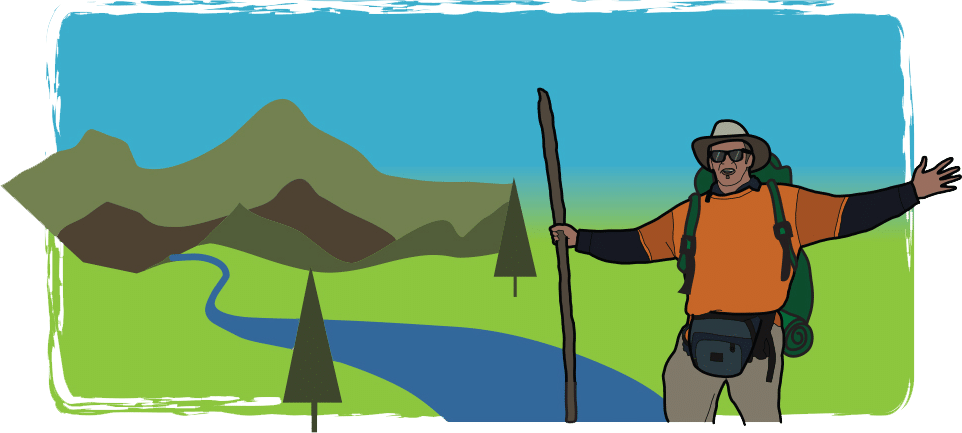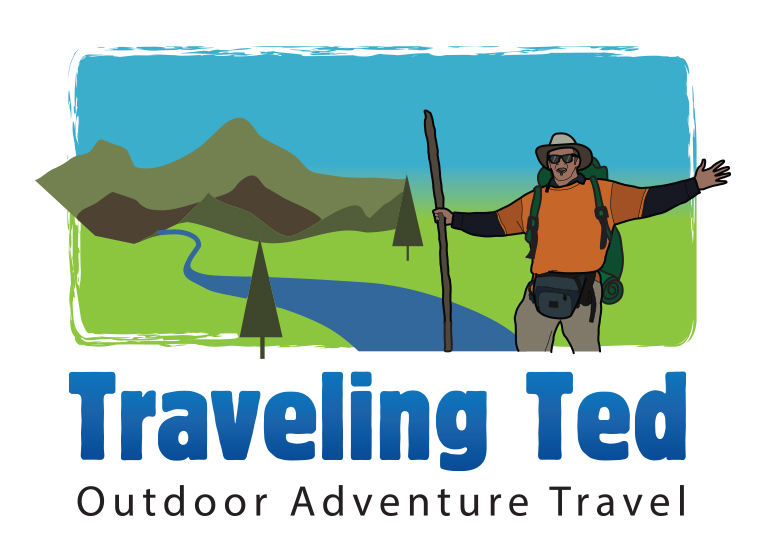My relationship with the Everest Base Camp Trek began long before I became a guide or the owner of Nepal Hiking Team. Back in 2000, I walked to Base Camp for the first time as a porter, carrying loads for trekkers while slowly learning the trail myself. Over the next few years, I returned three more times in that same role. By 2002, I started guiding groups, and from then until 2009 I led countless trekkers to Base Camp.

Everest base camp trek
Eventually, I founded Nepal Hiking Team, but my roots are firmly in those early days on the trail.
That journey—from porter to guide to company owner—taught me lessons you won’t always find in a guidebook. The Everest Base Camp Trek is not only about reaching 5,364 meters; it’s about how well you prepare, how you adapt to the altitude, and how you respect the mountain environment. Here are my best tips for anyone planning this trek, drawn directly from years of experience walking the Khumbu Valley.

Himalaya Mountains trekking
Why Preparation Matters
I’ll never forget my first morning in Lukla as a porter. The trail climbed steeply, my load pressed hard against my back, and I realized this journey demanded much more than strength. Fitness mattered, yes, but so did pacing, patience, and a willingness to learn the rhythm of the trail.
Even today, I tell trekkers the same thing: the Everest Base Camp Trek is not a test of who is the fastest, but who is steady enough to enjoy each day. Preparation isn’t only physical—it’s mental, and it shapes how you experience the journey.
Fitness Training for the Trek
When I began guiding in 2002, I quickly noticed who struggled most on the trail: those who hadn’t trained for endurance. The trek isn’t about sprinting; it’s about walking six to seven hours a day at a consistent pace.
My advice is simple: train your body to handle long days on your feet. Cardio exercises such as running, cycling, or swimming help build stamina. More importantly, go on hikes with a loaded backpack before you arrive. I’ve seen trekkers who practiced carrying weight at home move more comfortably than those who trained in gyms but never tested themselves outdoors.
Building Mental Resilience
Altitude makes the simplest tasks feel harder. I remember guiding a group in Dingboche when one trekker broke down in frustration because every few steps felt exhausting. That moment taught me an important truth: mental strength is just as important as fitness.
Over the years, I’ve encouraged trekkers to take the trail one step at a time. Break the day into small sections, focus on reaching the next bend, and allow yourself to enjoy the scenery. The Sherpa phrase “bistari, bistari” (slowly, slowly) isn’t only a saying—it’s a mindset that helps you succeed.
Essential Gear You’ll Be Glad You Packed
Having started as a porter, I know firsthand the difference good gear makes. Poor boots mean blisters, and heavy, unnecessary items make life harder for both you and your porter. When I became a guide, I always checked trekkers’ gear at the briefing because I’d seen how bad choices turned into problems later.
The essentials? Broken-in trekking boots, layered clothing for changing weather, trekking poles to protect your knees, and a reliable headlamp. One thing I always stress is water purification. Bottled water is limited along the trail, so carrying tablets or a filter is non-negotiable.

Everest base camp trekking team
Understanding Altitude and Acclimatization
I’ve seen altitude sickness affect the strongest trekkers—people who trained for months but didn’t respect the pace of the mountains. During one trip in 2004, a trekker who insisted on rushing to Gorak Shep had to be evacuated by helicopter the very next day. That experience stays with me, and it’s why I emphasize acclimatization so strongly.
The key is to ascend gradually, follow acclimatization days properly, and drink plenty of water. Walk slowly, even when you feel strong, because fatigue builds quickly at high altitude. And never ignore symptoms like headaches, nausea, or dizziness. The mountain will always be there; your safety comes first.
Health and Safety Practices
Having spent years on this route, I know how small habits keep you healthy. Stick to cooked meals, carry hand sanitizer, and avoid cold or raw food. Simple steps make a big difference when you’re days away from the nearest road.
Another non-negotiable is insurance. Choose a policy that covers trekking above 5,000 meters and includes helicopter evacuation. I’ve coordinated rescues in the past, and those who had proper insurance avoided not only stress but also heavy financial burdens.
The Reward at Base Camp
When I finally reached Base Camp as a porter in 2000, I didn’t fully grasp what it meant. I was young, focused on my load, and still learning about trekking culture. But when I returned as a guide with trekkers of my own, the moment felt different. I saw how emotional it was for people who had dreamed of this for years.
Even after dozens of trips, that feeling never faded. Standing beneath Everest is a reminder of resilience, preparation, and respect for the mountains. For me, it’s also a reminder of where I started—with a porter’s load on my back and a dream of someday leading others to the same place.
END !!
If you’re preparing for the Everest Base Camp Trek, my advice is simple: train your body for endurance, pack gear that works for you, and respect the altitude. These lessons come not from textbooks but from years of carrying loads, guiding trekkers, and walking the trail myself.
With the right preparation, you’ll find that the trek is not only possible but deeply rewarding. Everest Base Camp is more than a destination—it’s a journey shaped by how you prepare and how you walk each step along the way.

Everest base camp trek
About Balaram Thapa
I began my trekking journey in 2000 as a porter on the Everest Base Camp trail, carrying loads through steep paths and learning every bend of the Himalayas.
Over the following years, I guided trekkers across Nepal’s most iconic regions, including Everest, Annapurna, Langtang, Manaslu, Dolpo, Upper Mustang, and Kanchenjunga.
From 2002 to 2009, I worked as a professional guide, leading countless groups safely over high passes and into remote valleys. Those experiences gave me a deep respect for the mountains, their people, and the resilience required on every trek.
In 2009, I co-founded Nepal Hiking Team, building the company on firsthand knowledge of the trails and a passion for creating meaningful trekking experiences.
Today, I continue sharing insights from my years on the trail to help travelers prepare for and enjoy their own Himalayan journeys.
Adventure on!








